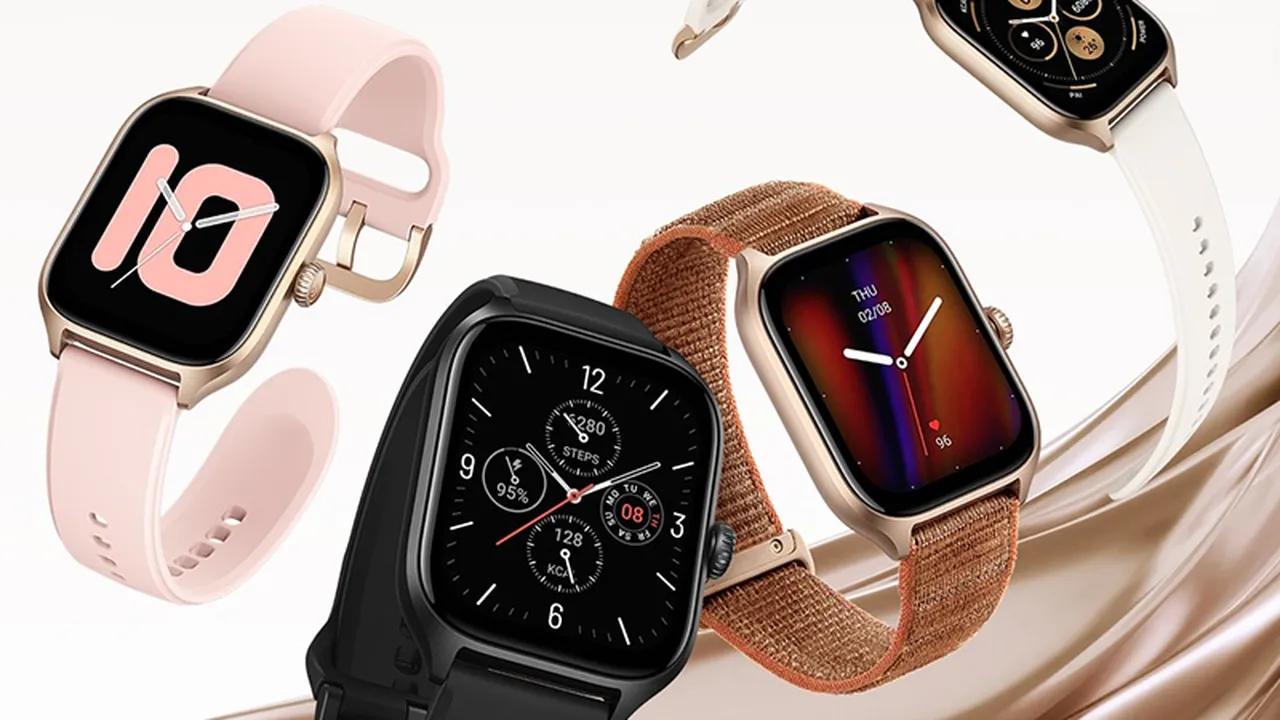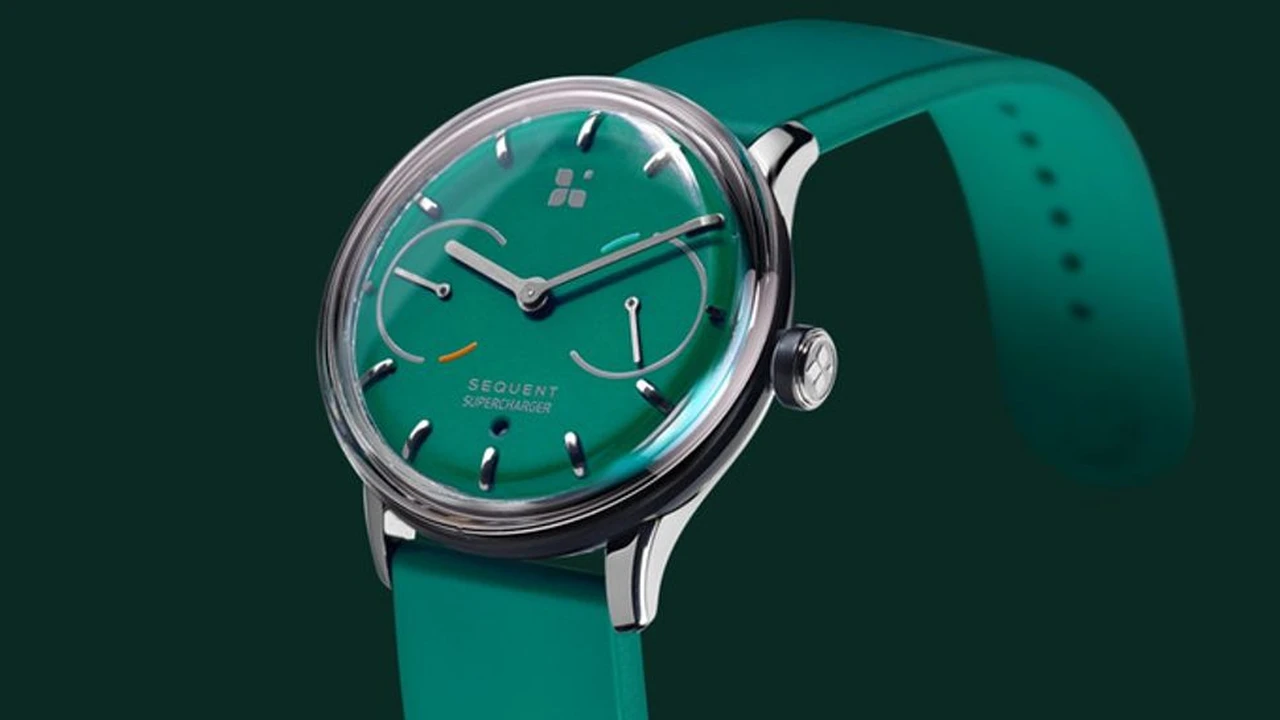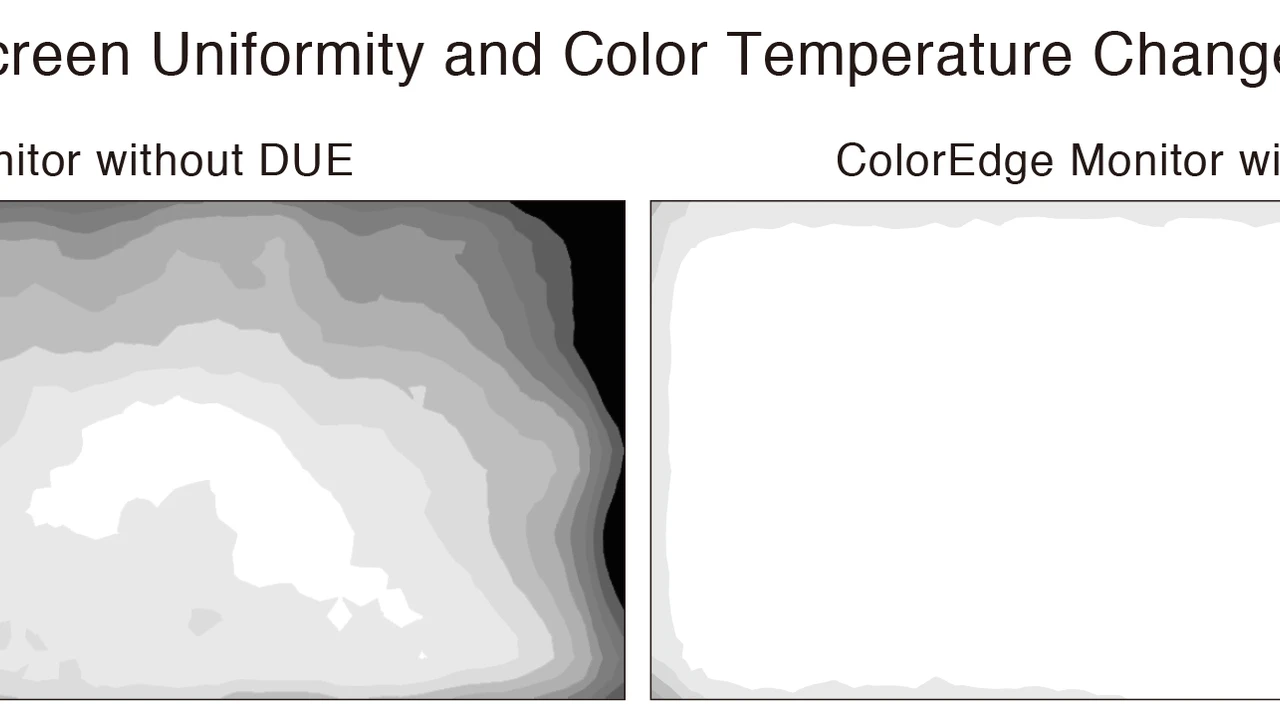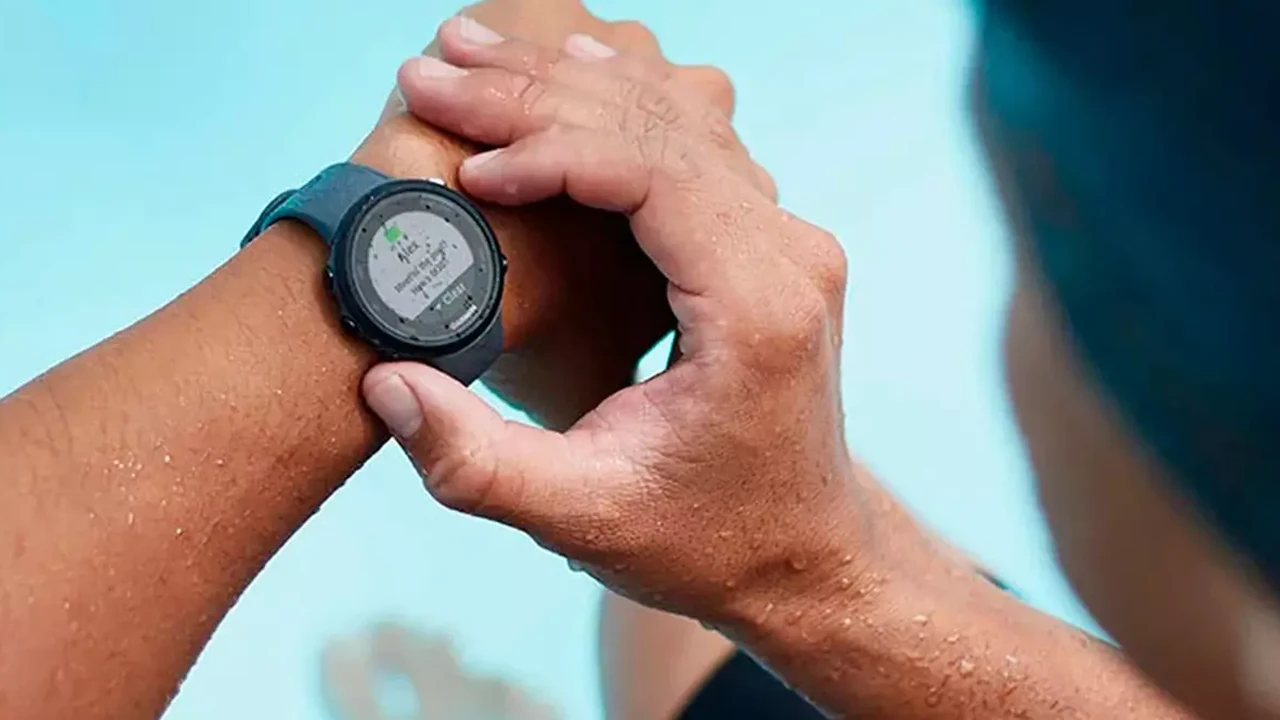3 Best Smartwatches with Blood Oxygen Monitoring
Monitor your blood oxygen levels with the top smartwatches offering SpO2 tracking. Essential for health-conscious individuals.

3 Best Smartwatches with Blood Oxygen Monitoring
Hey there, health enthusiasts! In today's world, keeping tabs on our well-being has become more accessible than ever, thanks to wearable tech. One of the coolest and most vital features making its way into smartwatches is blood oxygen monitoring, often referred to as SpO2 tracking. This isn't just a fancy number; it's a crucial indicator of your respiratory and circulatory health. Whether you're an athlete looking to optimize performance, someone with a respiratory condition, or just a health-conscious individual, knowing your SpO2 levels can provide valuable insights. But with so many options out there, how do you pick the right one? Don't sweat it! We've done the legwork for you and are diving deep into the three best smartwatches that excel in blood oxygen monitoring, offering accuracy, reliability, and a whole lot more.
Understanding SpO2 Tracking Why It Matters for Your Health
Before we jump into the best devices, let's quickly chat about why SpO2 tracking is such a big deal. SpO2 stands for peripheral capillary oxygen saturation, and it measures the amount of oxygen-carrying hemoglobin in your blood relative to the amount of hemoglobin not carrying oxygen. Basically, it tells you how well your body is distributing oxygen from your lungs to your cells. A healthy SpO2 level typically ranges from 95% to 100%. If your levels consistently drop below that, it could indicate underlying health issues like sleep apnea, asthma, or other respiratory problems. For athletes, monitoring SpO2 during high-altitude training or intense workouts can help assess acclimatization and recovery. For everyone else, it's a great way to get a general sense of your overall respiratory function and catch potential issues early. Most smartwatches use a method called pulse oximetry, which shines light through your skin and measures the amount of light absorbed by your blood to estimate oxygen saturation. It's pretty neat tech right on your wrist!
Top Pick 1 Apple Watch Series 9 for Seamless Integration and Accuracy
When it comes to health tracking and seamless integration, the Apple Watch Series 9 is often at the top of the list, and its SpO2 monitoring capabilities are no exception. Apple has consistently pushed the boundaries of what a smartwatch can do, and the Series 9 continues this trend with its advanced health sensors.
Key Features and SpO2 Performance of Apple Watch Series 9
- SpO2 Sensor: The Apple Watch Series 9 features a dedicated Blood Oxygen sensor that uses red and infrared light to measure blood oxygen saturation. It can take on-demand readings in just 15 seconds, and it also offers background readings throughout the day and night, especially during sleep. This continuous monitoring is super helpful for identifying trends and potential issues.
- Accuracy: Apple has put a lot of effort into making its health sensors as accurate as possible. While no consumer device is medical-grade, the Apple Watch's SpO2 readings are generally considered highly reliable for a wearable. It's a great tool for personal health insights, though always consult a doctor for medical advice.
- Ecosystem Integration: If you're an iPhone user, the Apple Watch Series 9 offers an unparalleled experience. All your SpO2 data, along with other health metrics like ECG, heart rate, and sleep tracking, are neatly organized in the Health app on your iPhone. This makes it easy to track trends over time and share data with your healthcare provider if needed.
- Other Health Features: Beyond SpO2, the Series 9 boasts an ECG app for checking heart rhythm, advanced sleep tracking with sleep stages, temperature sensing for cycle tracking, and robust fitness tracking capabilities. It's a comprehensive health companion.
- Design and Display: The Series 9 comes with a bright, always-on Retina display, making it easy to check your stats at a glance. It's available in various finishes and band options, so you can customize it to your style.
Usage Scenarios for Apple Watch Series 9
- General Health Monitoring: For anyone who wants to keep a close eye on their overall health, especially respiratory function.
- Sleep Health: The background SpO2 readings during sleep are fantastic for identifying potential sleep disturbances like sleep apnea.
- Fitness and Training: Athletes can use SpO2 data to understand their body's response to exercise and altitude.
- iPhone Users: If you're already in the Apple ecosystem, this is a no-brainer for seamless integration and user experience.
Pricing and Availability
The Apple Watch Series 9 typically starts around $399 for the GPS model, with prices varying based on size, cellular connectivity, and band choices. You can find it at Apple Stores, major electronics retailers like Best Buy, and online marketplaces such as Amazon. Keep an eye out for sales, especially around holiday seasons!
Top Pick 2 Samsung Galaxy Watch 6 Classic for Android Users and Robust Features
For our Android friends, the Samsung Galaxy Watch 6 Classic stands out as a fantastic option for SpO2 monitoring, offering a premium design and a wealth of health features that rival the best in the market.
Key Features and SpO2 Performance of Samsung Galaxy Watch 6 Classic
- SpO2 Sensor: The Galaxy Watch 6 Classic includes a highly capable SpO2 sensor that provides on-demand measurements and continuous monitoring during sleep. Samsung's health platform, Samsung Health, does a great job of presenting this data in an easy-to-understand format.
- Accuracy: Samsung has continuously improved the accuracy of its health sensors, and the Galaxy Watch 6 Classic delivers reliable SpO2 readings. It's a solid choice for personal health tracking and trend analysis.
- Wear OS Powered by Samsung: Running on Wear OS Powered by Samsung, this watch offers a smooth and intuitive user experience. You get access to a vast array of Google apps and services, plus Samsung's own suite of health and fitness tools.
- Classic Design with Rotating Bezel: The 'Classic' in its name isn't just for show. It brings back the beloved physical rotating bezel, which is incredibly satisfying and practical for navigating menus. It gives the watch a more traditional, elegant look.
- Comprehensive Health Suite: Beyond SpO2, the Watch 6 Classic offers ECG, blood pressure monitoring (requires calibration with a cuff), body composition analysis (BIA), advanced sleep tracking with sleep coaching, and extensive fitness tracking for various activities.
- Battery Life: While not the longest-lasting, the battery life is generally sufficient for a full day of heavy use, with some users getting up to 30 hours depending on settings.
Usage Scenarios for Samsung Galaxy Watch 6 Classic
- Android Smartphone Users: This is the best companion for Samsung Galaxy phone users, but it works seamlessly with most Android devices.
- Holistic Health Tracking: If you're interested in a wide range of health metrics, including body composition and blood pressure (with calibration), this watch is a powerhouse.
- Sleep Analysis: Its detailed sleep tracking and SpO2 monitoring during sleep are excellent for understanding your sleep quality.
- Fashion-Conscious Individuals: The classic design with the physical bezel makes it a stylish choice for everyday wear.
Pricing and Availability
The Samsung Galaxy Watch 6 Classic typically starts around $399 for the Bluetooth model, with LTE versions costing a bit more. You can find it at Samsung's official website, major electronics retailers like Best Buy, and online platforms such as Amazon. Look out for bundle deals with Samsung phones!
Top Pick 3 Fitbit Sense 2 for Advanced Health Insights and Stress Management
Fitbit has always been a leader in health and fitness tracking, and the Fitbit Sense 2 takes it a step further with its focus on holistic well-being, including excellent SpO2 monitoring and unique stress management features.
Key Features and SpO2 Performance of Fitbit Sense 2
- SpO2 Sensor: The Fitbit Sense 2 continuously tracks your SpO2 levels overnight, providing a weekly average and detailed graphs in the Fitbit app. While it doesn't offer on-demand readings like Apple or Samsung, its consistent overnight tracking is highly valuable for long-term health insights.
- Accuracy: Fitbit's SpO2 tracking is known for its reliability, especially for identifying trends related to sleep health. The data is presented clearly in the Fitbit app, making it easy to understand.
- EDA Sensor for Stress Management: This is where the Sense 2 truly shines. It features an Electrodermal Activity (EDA) sensor that measures electrodermal responses, which can indicate your body's response to stress. Combined with SpO2, heart rate variability, and skin temperature, it provides a comprehensive picture of your stress levels and recovery.
- Comprehensive Sleep Tracking: Fitbit's sleep tracking is arguably one of the best in the business, offering detailed insights into sleep stages, sleep score, and now, SpO2 trends during sleep.
- Long Battery Life: The Sense 2 boasts an impressive battery life of up to 6+ days, which is significantly longer than many other smartwatches, meaning less charging and more tracking.
- Design and Comfort: It features a lightweight and comfortable design, making it ideal for 24/7 wear, especially for sleep tracking.
Usage Scenarios for Fitbit Sense 2
- Holistic Health and Wellness: If you're looking for a device that goes beyond basic fitness and delves into stress management and overall well-being, the Sense 2 is perfect.
- Sleep Health Focus: For individuals concerned about sleep quality, sleep apnea, or just wanting to optimize their rest, the detailed sleep tracking with SpO2 is invaluable.
- Long Battery Life Seekers: If you hate charging your watch every day, the Sense 2's extended battery life will be a huge plus.
- Android and iOS Compatibility: Fitbit works well with both Android and iOS devices, offering a consistent experience across platforms.
Pricing and Availability
The Fitbit Sense 2 typically retails for around $299.95. You can purchase it directly from Fitbit's website, major retailers like Amazon, Best Buy, and Target. Sometimes, you can find it bundled with a Fitbit Premium subscription, which unlocks even more detailed health insights and guided programs.
Comparing the Top 3 Smartwatches for Blood Oxygen Monitoring
Let's put these three fantastic smartwatches side-by-side to help you make an informed decision based on your priorities.
Apple Watch Series 9 vs Samsung Galaxy Watch 6 Classic vs Fitbit Sense 2
| Feature | Apple Watch Series 9 | Samsung Galaxy Watch 6 Classic | Fitbit Sense 2 |
|---|---|---|---|
| SpO2 Monitoring | On-demand & Background (sleep) | On-demand & Background (sleep) | Background (overnight only) |
| Ecosystem | iOS (best with iPhone) | Android (best with Samsung Galaxy) | Android & iOS |
| Additional Health Sensors | ECG, Temp Sensor, Heart Rate, Sleep Stages | ECG, Blood Pressure, BIA, Heart Rate, Sleep Stages | EDA (Stress), Skin Temp, ECG, Heart Rate, Sleep Stages |
| Design | Modern, Square, Various Finishes | Classic, Round, Physical Rotating Bezel | Sleek, Rounded Square, Lightweight |
| Battery Life | Up to 18 hours (typical) | Up to 30 hours (typical) | Up to 6+ days |
| Price (Starting) | ~$399 | ~$399 | ~$299 |
| Key Differentiator | Seamless iOS integration, comprehensive health suite | Classic design, BIA, blood pressure, Wear OS flexibility | Stress management, long battery, excellent sleep tracking |
Factors to Consider When Choosing Your SpO2 Smartwatch
Beyond just SpO2, here are a few more things to keep in mind when making your decision:
Smartphone Compatibility and Ecosystem Integration
This is probably the biggest factor. If you have an iPhone, the Apple Watch is going to give you the smoothest experience. For Android users, the Samsung Galaxy Watch is a top contender. Fitbit offers good compatibility with both, making it a more versatile choice if you switch phones often or have a mixed household.
Accuracy and Reliability of SpO2 Readings
While none of these are medical devices, you want a smartwatch that provides consistent and reliable readings. All three of our picks are generally well-regarded for their accuracy in a consumer setting. Remember, these are for personal insights, not for diagnosing medical conditions.
Battery Life Expectations and Charging Habits
Do you mind charging your watch every day? Or do you prefer to charge it once a week? The Apple Watch and Samsung Galaxy Watch typically require daily or every-other-day charging, while the Fitbit Sense 2 offers significantly longer battery life. Consider your lifestyle and how often you're willing to take your watch off to charge.
Additional Health and Fitness Features You Need
Think about what other health metrics are important to you. Do you want ECG? Blood pressure? Body composition? Advanced sleep coaching? Stress management tools? Each watch has its unique strengths in these areas. Make a list of your must-have features beyond SpO2.
Design, Comfort, and Personal Style
You'll be wearing this watch a lot, so make sure you like how it looks and feels. Do you prefer a classic round watch face or a modern square one? Is a physical rotating bezel important to you? Consider the available band options and how easily you can swap them out to match your outfits or activities.
Budget Considerations and Value for Money
Smartwatches can be a significant investment. While all three of our picks are premium devices, the Fitbit Sense 2 comes in at a slightly lower price point, offering great value for its health features and battery life. Decide what you're willing to spend and what features are worth the extra cost for you.
Maximizing Your Smartwatch's SpO2 Data for Better Health
Getting a smartwatch with SpO2 tracking is just the first step. Here's how to make the most of the data it provides:
Understanding Your SpO2 Trends Over Time
Don't just look at individual readings. Pay attention to trends. Are your SpO2 levels consistently lower at night? Do they dip after intense workouts? Tracking these patterns can give you valuable insights into your respiratory health and overall well-being. Most companion apps will provide graphs and summaries to help you visualize these trends.
When to Consult a Healthcare Professional
It's super important to remember that smartwatches are not medical devices. If you consistently see low SpO2 readings (below 95%), or if you experience symptoms like shortness of breath, dizziness, or extreme fatigue, it's crucial to consult a doctor. Your smartwatch can be a great early warning system, but only a medical professional can diagnose and treat conditions.
Tips for Accurate SpO2 Readings
- Wear it Snugly: Make sure your watch is snug on your wrist, but not uncomfortably tight. A loose fit can lead to inaccurate readings.
- Clean the Sensor: Regularly clean the back of your watch where the sensors are located. Sweat, dirt, and lotions can interfere with the light signals.
- Stay Still: When taking an on-demand reading, try to stay as still as possible. Movement can affect accuracy.
- Avoid Tattoos: Tattoos on your wrist can sometimes interfere with the optical sensors. If you have a tattoo where you wear your watch, try wearing it on the other wrist or slightly higher up your arm.
So there you have it! Whether you're an Apple loyalist, an Android enthusiast, or someone who prioritizes holistic health and long battery life, there's a fantastic smartwatch out there with reliable blood oxygen monitoring for you. Choose the one that best fits your lifestyle, and start taking charge of your respiratory health today!
:max_bytes(150000):strip_icc()/277019-baked-pork-chops-with-cream-of-mushroom-soup-DDMFS-beauty-4x3-BG-7505-5762b731cf30447d9cbbbbbf387beafa.jpg)






